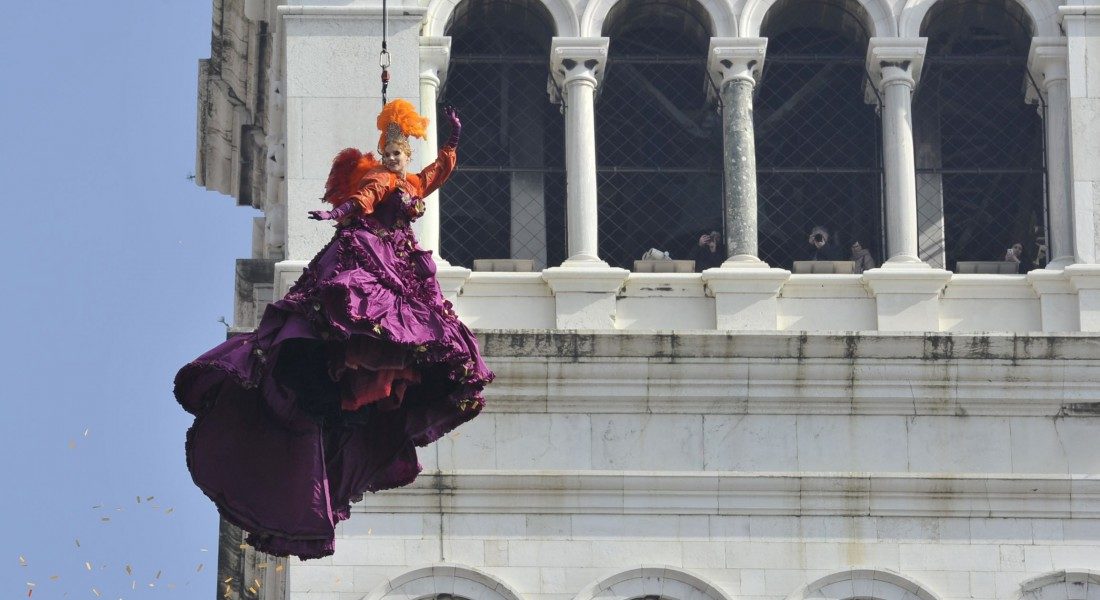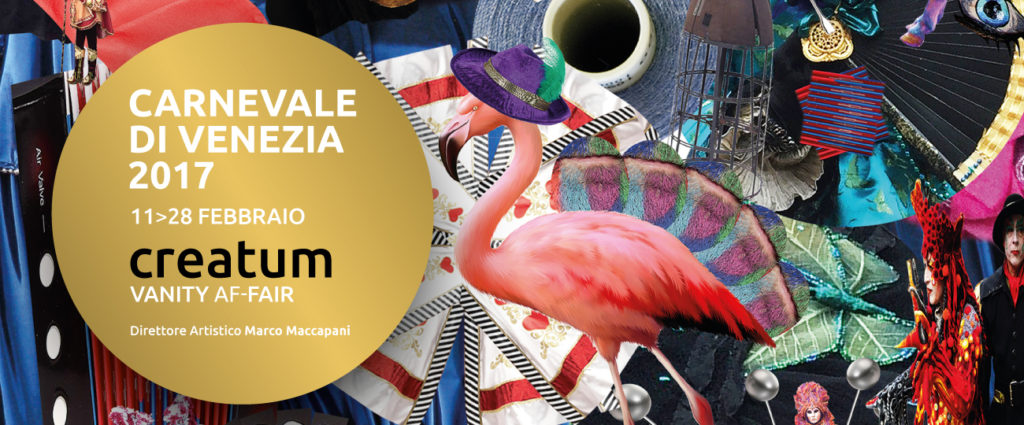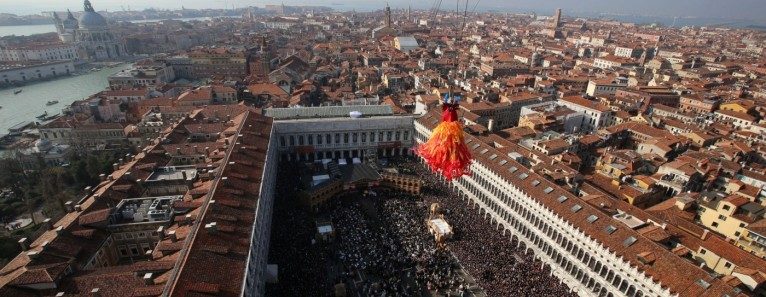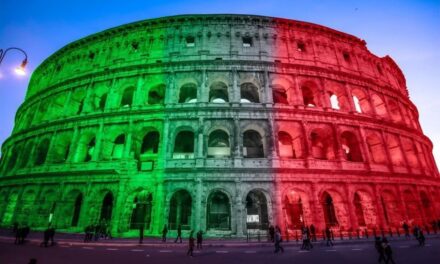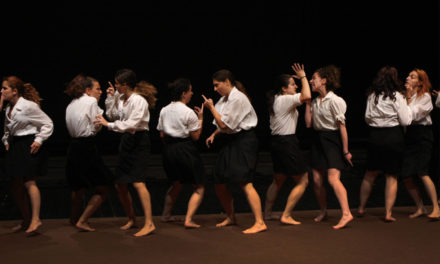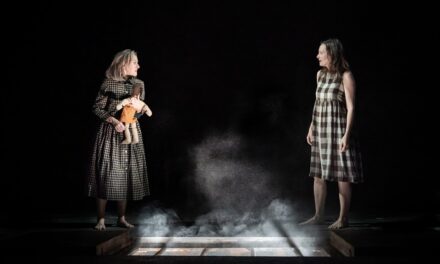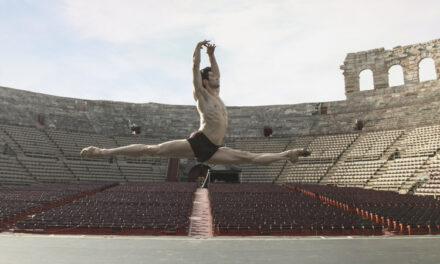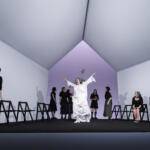The town of Venice hosts one of the oldest traditions for the celebration of Carnival in Italy. Some interesting descriptions are found in the memoirs of Giacomo Casanova and Carlo Goldoni: in fact, its prestige reached its highest level in the 18th century, when Venice became the “capital” of Carnival in Europe. In its anthropological value, it was an occasion to experience a short period of social freedom, with a temporary suspension of one’s everyday troubles and one’s fear for the future: rich people could parade their grandeur in private feasts and masquerade balls, and poor people could live a moment of amusement in the popular theatres. Carnival is the leading element of the town of Venice, and has deep cultural roots: it is an intimate part of its magnificent beauty, and the best expression of its exceptional natural scenography.
Traditionally, masks are the absolute protagonists: they are very elaborate, and create the amazing atmosphere of the Carnival in Venice. Usually, they are made of leather, porcelain or chalk – with many artistic decorations – and cover the entire face; the most popular are inspired by the Commedia dell’Arte. In ancient times, their use was particularly appreciated for the possibility (and the pleasure) of hiding one’s identity – especially for noble people: women could wear typical masks accompanied by men’s clothing, and men could in turn, masquerade as women. In this way, masks became the instrument of a special game of transgression, played only in the Carnival season, which involved lovers and adventurers in Venice. In recent years, the contest for the most beautiful mask has become a remarkable event, and the members of the jury are international costume and fashion designers.
Each year, the Carnival of Venice attracts millions of visitors. In 2017, it runs from 11 to 28 February, and the main theme is “CREATUM Vanity Af-fair” (artistic director Marco Maccapani). The ritual opening, the so-called Flight of the Angel, took place on Sunday 19 February in a crowded St. Mark’s Square. In homage to the power of the Venetian Doge, a young woman dressed in Carnival costume (atelier Stefano Nicolao) descends from the top of the bell tower of St. Mark’s Basilica to the middle of the Square, smiling and greeting the gathered people. At the end of this spectacular flight, in a triumph of confetti, her embrace with the Doge melts the tension and increases the emotional impact of the moment.
In ancient times, this ritual was performed by professional acrobats. Now, it occurs on the first Sunday of Carnival, and officially announces the beginning of the celebrations in Venice. In the following days, there is a program full of events for tourists.
https://www.youtube.com/watch?v=Jpacy4GnzHI%20
The Carnival of Venice is a collective rite, and a truly unique experience. Wearing the refined costumes, common people can feel a creative re-birth, in another historical and cultural dimension. Wearing the masks, they can be transformed into “actors,” living the magic pomp of one of the most beautiful towns in the world.
Official websites: http://www.carnevale.venezia.it/
This post was written by the author in their personal capacity.The opinions expressed in this article are the author’s own and do not reflect the view of The Theatre Times, their staff or collaborators.
This post was written by Maria Pia Pagani.
The views expressed here belong to the author and do not necessarily reflect our views and opinions.

